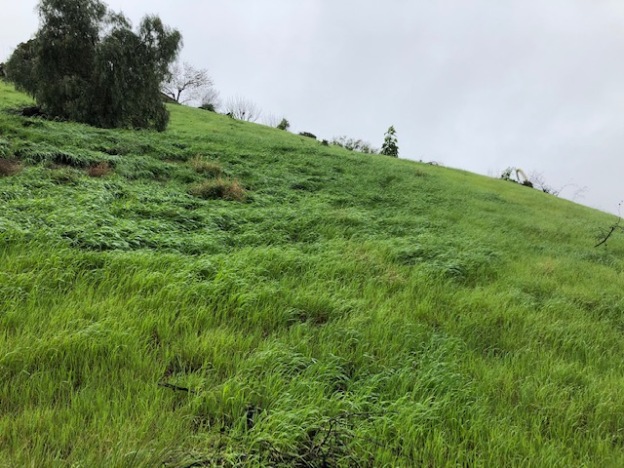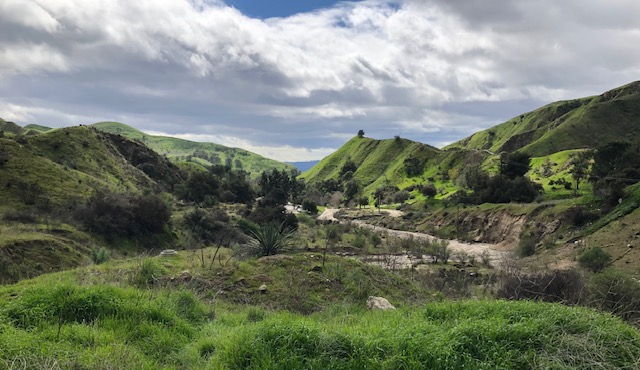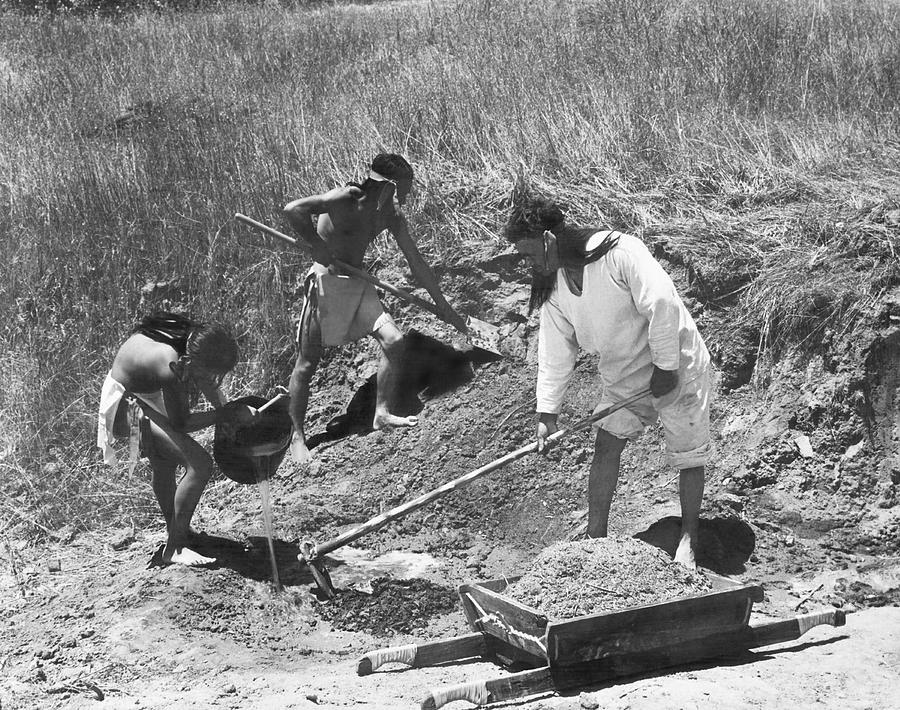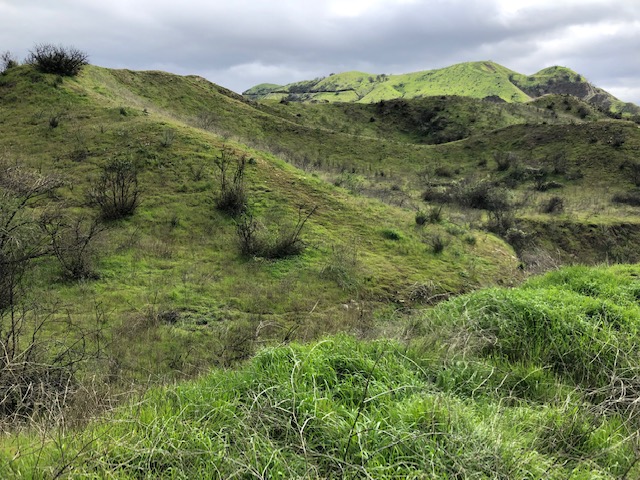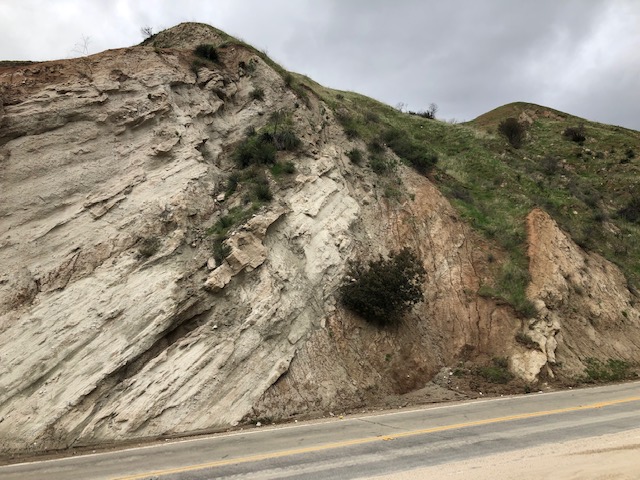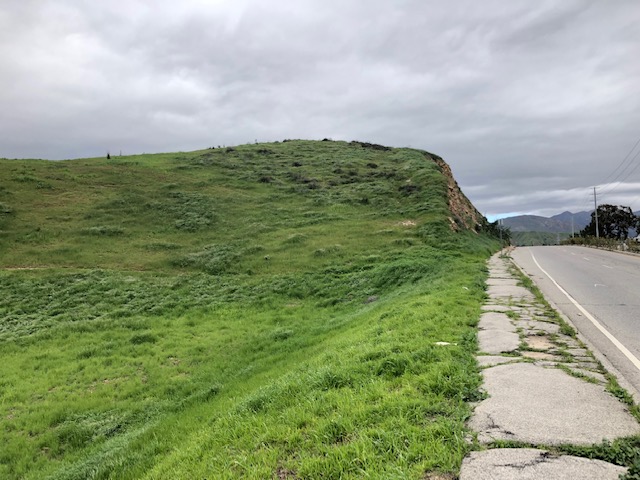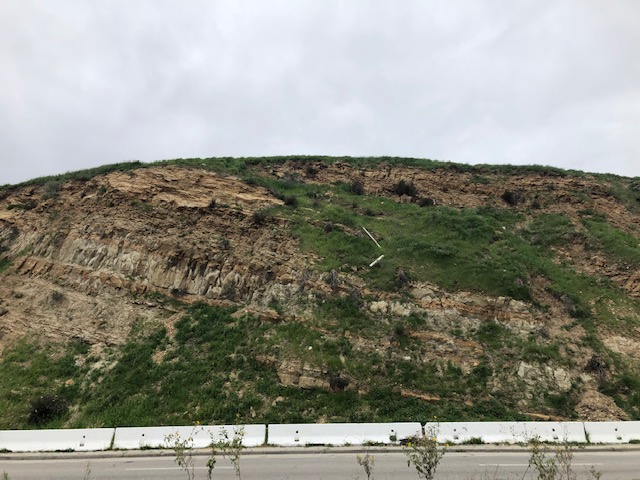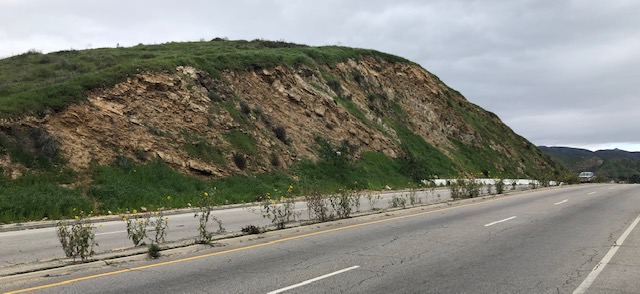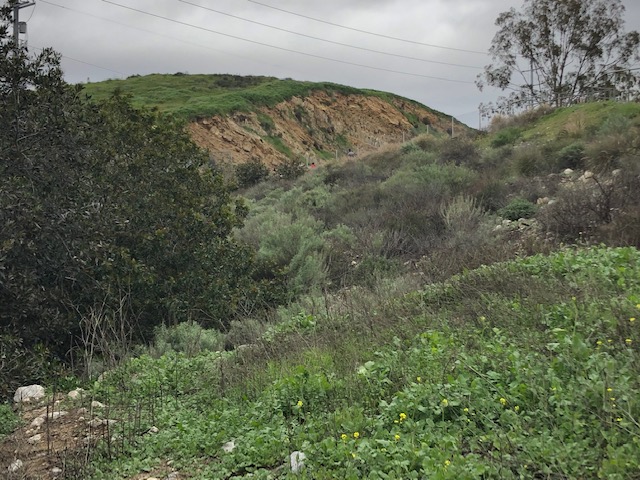
WHERE’S THE BEEF?
These lucky beeves are a pair of Texas Longhorns, who live at the Leonis Adobe in Calabasas. They are modern cousins of the old stock California Longhorns breed that once ranged the San Fernando Valley.
San Fernando Mission, Rancho los Encinos, Rancho el Escorpion, Rancho Providencia, Rancho San Rafael, Rancho Los Feliz, Rancho Ex-Mission San Fernando, and the other Valley brands ran tens of thousands of cattle at a time. Many owners became extremely rich. But most were eventually forced out, due to secularization, legal chicanery, drought or usury – only one of which, n.b., is a natural economic cause.
During the Spanish and Mexican periods, Mission Indian labor was used to round up, brand, ride herd, butcher, skin and tan the hides, and try out the tallow in huge smoky, greasy vats. The game for the Missions and the side-lining soldiers was to elude the Monterey customs agent, and the profit was in selling thousands of hides and tons of tallow to the traders from “the Boston Nation” who hovered in their clipper ships at San Pedro, and flew back to Catalina like seagulls in case the odd Spanish ship came up from San Diego.
Some Bostonians, like Richard Henry Dana, even came ashore. There he marveled at, and spluttered in disgust over, the wasteful, luxurious, wine-and-song sodden, improvident, lazy, fence-less, money-less, bank-less, slave-based society of the horseback Californios. Dana noticed that thousands of pounds of beef were left to rot, since the skins and fat were the commodity. This in a country where the Mission Indians he saw seemed to be starving. With all their hides, which they folded and stacked on a burro’s back a dozen high to haul them onto the ships, still no Californio would deign to work as a shoemaker, whatever his profits; they’d rather ride like hidalgos, and buy the hard Boston shoes at the ruinously high luxury premium.
In 1847 the Capitulation was signed on the porch of Casa de Cahuenga, a Valley ranch-house. The Yankees got California, but the Californios kept their land grants. Then the Gold Rush hit Southern California as a Food Rush – for up in the hills, the miners valued as good-as-gold, the lean California beef.
The Rancho era reached its zenith in the 1850′s. Cosmopolitan and rich, Los Angeles celebrated with fireworks, fandangoes, and Plaza bullfights; but the Pueblo was also one of the most lawless and bloody places in the country. Many of the old families, like the Avilas and the Coronels, shook the dust of downtown off their boots to live permanently on their country Ranchos. “Los Diablos” simmered with enough Mexican resistance, Tong wars, cattle rustling vendettas, ethnic inequality, and social crisis caused by fortunes won and lost on drunken high-stakes horse races, to plot a thousand Westerns.
In the1860s drought hit hard. There had been droughts before; herds wiped out, hardship all around. There was the time the Los Angeles River completely changed its course, and the fortunes of landowners drained away with it. But in those droughts the Californios had no Boston or Philadelphia or San Francisco branch banks, no mortgages, no gas lamps and pianos and carpets brought on Yankee credit around the Horn from New Orleans or Paris. When the proud old families went to poor-mouth their new bankers in downtown Los Angeles, they got very short terms indeed. In sudden debt, most lost out to short sales, forced sheriff sales or were dogged in the courthouse by people named Glassell, Leonis, Banning, Maclay, Van Nuys, Burbank, etc. etc.
The cattle themselves, the sturdy Longhorns that created so many fortunes on the good grass of the Valley, which walked up from Baja in 1769 to San Diego, and from there reproduced hill by hill, Mission by Mission, Valley by Valley in their un-fenced millions; and which were praised by Fremont’s soldiers as the most delicious beef in the world, are not the beef cattle raised in California today. We can’t really know how the legendarily flavorful and nutritious Californio beef tasted, because the breed was displaced.
With the herds decimated by the droughts, cattle baron Henry Miller, a German immigrant butcher in San Francisco, swooped in and re-populated vast San Joaquin lands with American breeds. He believed the ancient Mexican stock-lines were inferior to the Northern European breeds whose Manifest Destiny it was to o’erspread the continent. Or something.
The Californio longhorn does survive as a breed, and has spread around the Pacific Rim. Coastlines seem to unite trading cultures, rather than divide them; thus we find Californio cattle given as a gift by Sir George Vancouver to King Kamehameha of Hawaii. Pairs from what soon became the dangerously over-populated Royal Herd were sold off to a ship bound for the Spanish Phllippines. The Manila trade was controlled then by the savviest traders on the Pacific, the Chinese, who took the Hawaiian stock and naturalized it all over the islands. Thus California’s homegrown stock Mexican longhorn, via the bloodline of the Royal Herd of Hawaii, reportedly flourishes all over the Far East.


